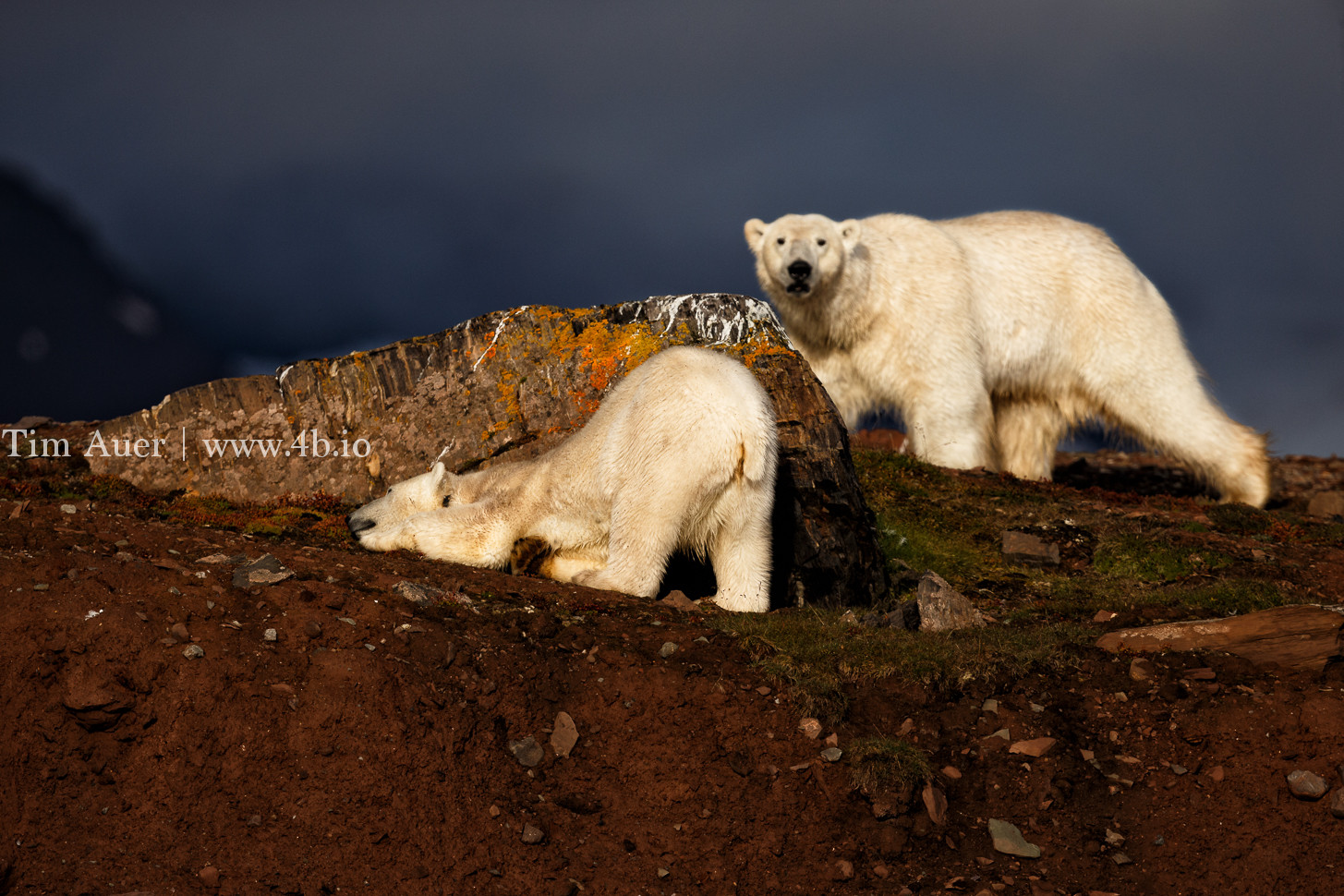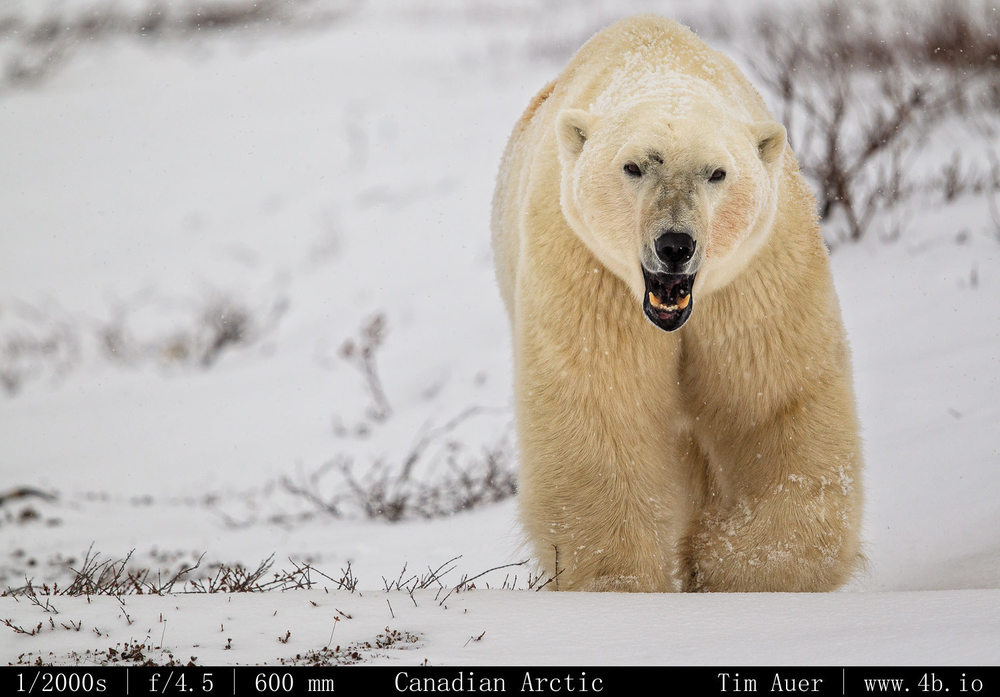Day 2 of the 7 day Photo Challenge
Arctic Blast
Churchill, Manitoba, Canada
A red fox braces against the wind during a Manitoba blizzard. The high winds kicked up a lot of snow and decreased the visibility. To make this photo, I stopped down the lens to increase the depth of field, in case an errantsnowflake threw the autofocus off and waited for a lull in the gusts for a clear shot. The intensity of the winds can be observed by the horizontal streaks cutting across the frame. The fox’s bushy tail behaved more like a sail, and would catch the wind, altering its trajectory, making it move kind of sideways across the tundra. Note the beautiful lichens growing on the exposed part of the rock.
Canon EOS 1DX, Canon EF 600mm f/4 L IS II USM, handheld
1/200s; f/10; 600mm; ISO1600
On my second day I nominate Meril Darees ofMnmwow – Wildlife Photography. Meril is a world class wildlife photographer and one of my closest friends. I have spent thousands of hours shooting with him in the field: Churchill, Yellowstone, Canadian Rockies, California, Svalbard, and 5+ trips to Alaska. Over all these trips I have learned a lot from him, and significantly improved as a photographer. Please check out his work and give his page a like!
I was nominated by Barrett Hedges of BearHead Photography
Day 1- Jack Cunningham http://
#challengeonnaturephotogra





